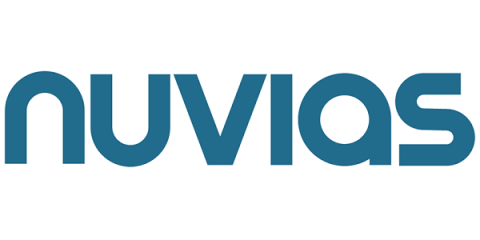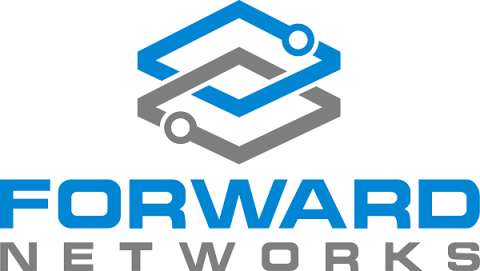Security | Threat Detection | Cyberattacks | DevSecOps | Compliance
Networks
Another day, another DCE/RPC RCE
CVE-2022-26809 was patched in Microsoft’s previous Patch Tuesday (April 12) and it’s a doozy: remote code execution on affected versions of DCE/RPC hosts. The vulnerability attracted a lot of attention in the security community, both because of its severity but also because it appears to be really hard to trigger.
The Nuvias Group Appointed Sole Distribution Partner for Armis across UK and DACH
Monitoring AWS networks at scale
Corelight is pleased to announce our integration with AWS’s Traffic Mirroring to Gateway Load Balancer (GWLB) Endpoint as a Target. This integration simplifies the monitoring of network traffic and generating Corelight data in massively scaled-out public cloud environments. When it comes to monitoring network traffic today, we see two primary deployment patterns, each with their own pain points.
Cloud Distribution Ltd to Distribute the Full Ivanti Portfolio in the UK
Spotting Log4j traffic in Kubernetes environments
Editor’s note: This is the latest in a series of posts we have planned over the next several weeks where we explore topics such as network monitoring in Kubernetes, using sidecars to sniff and tunnel traffic, show a real-world example of detecting malicious traffic between containers, and more! Please subscribe to the blog, or come back for more each week.
Learn how to automate secure cloud application provisioning
The cloud offers agility and speed for DevOps teams. Being able to spin up environments and create applications in a fraction of the time previously required helps organizations launch new capabilities for customers, employees, and vendors quickly. For most companies, this means reduced time to market and the ability to recognize revenue faster.
Measures that actually Do reduce your hacking risks
ONUG 2022 How Goldman Sachs Uses a Digital Twin Platform to Improve Security, Agility & Reliability
Network evidence for defensible disclosure
What do I say if my team discovers a breach of our digital assets? This is a question that requires understanding “defensible disclosure,” a term first employed in the statistical, medical, legal, and financial communities.* Understanding what this term means and how to live up to its expectations is key in an age where organizations regularly handle intrusions and, sometimes, suffer breaches.










